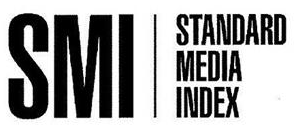SMI: Outdoor continues to thrive thanks to digitisation but year ahead looks set to be challenging
Ad spend has kicked off the year on the back-foot, 6.2% down, year-on-year, in January; however, a flat result is expected once late digital bookings arrive at month end.
According to the Standard Media Index’s latest figures, media spend in January totalled $417.7m, with outdoor and radio both up while the regional TV market delivered its fourth consecutive month of growth.
Outdoor was up 10.9% while radio was up a more modest 1.1% and regional TV posted growth of 3.4%.



… the three mediums that ‘beat the market’ were the old dinosaurs of Outdoor, Radio and TV.